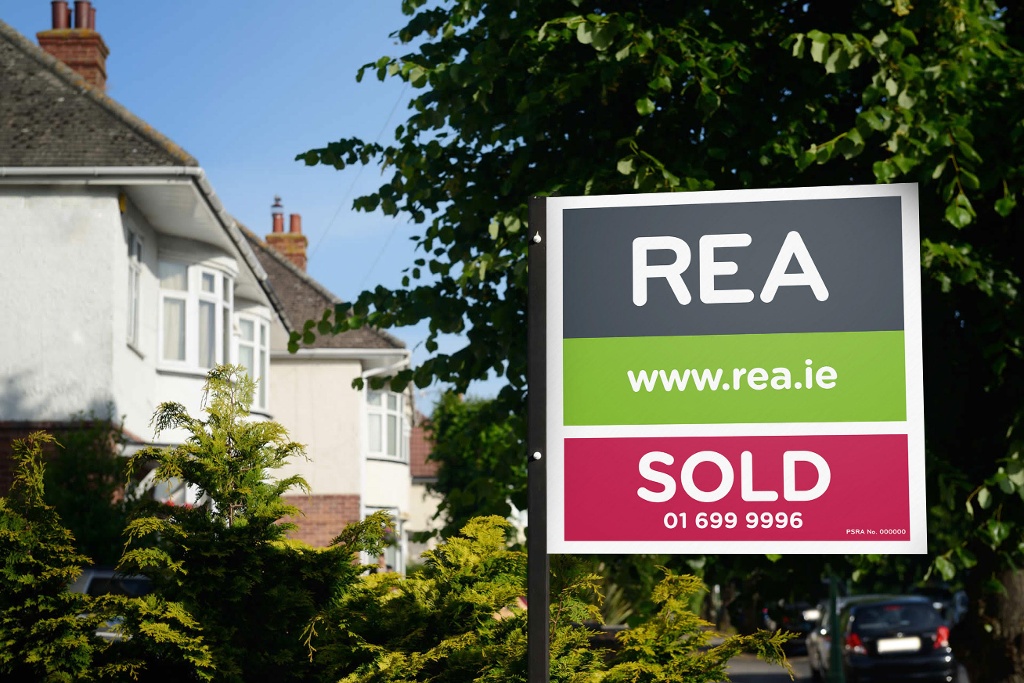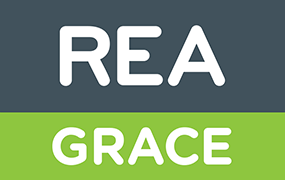
The price of an average three-bed semi in Irish towns and cities rose by 20.68% in 2014, according to a national survey carried out by Real Estate Alliance.
While every county in the State showed an increase in three-bed semi prices, the market slowed down in the Dublin area between September and December 2014 (Q4) with one area registering a -6.67% drop in prices.
The average semi detached house nationally now costs €184,713, the latest REA survey has found – a rise of 2.63% on the Q3 figure of €179,981.
The Real Estate Alliance Average House Index concentrates on Ireland's typical stock home, the three-bed semi, giving an accurate picture of the property market in towns and cities countrywide.
While semi ds in Dublin recorded a 21.66% increase over the year, the biggest rise was in the commuter counties and large cities such as Cork and Galway where properties in what is now termed Tier Two rose by 26.24% from €157,824 to €199,235.
And while the Dublin market slowed to just an 0.89% increase in Q4, and the commuter counties rose by 3.42%, the biggest upswing came in the rest of the country (or Tier Three), which saw a rise of 3.92% – the first time that rural Ireland had surged ahead in the figures all year.
The average three-bed semi in Dublin is now selling at €379,167, an increase of just over €3,000 on Q3, as the market in the capital stalled in Q4.
This price is almost twice that of the commuter county stock, and 2.5 times that of the average rural semi, which is priced at €147,587.
“Our survey shows that in all areas of Dublin, parts of Cork City, Galway City, North Wicklow and Kildare, the price of the average semi detached house exceeds the Central Bank’s new threshold of €220,000 at which banks can lend 90% of the value,” said Real Estate Alliance CEO Philip Farrell.
“However, other parts of Wicklow, Kildare, Louth and Meath all offer average housing under that limit for those looking to buy in the commuter belt with accessibility to Dublin.”
While the capital as a whole saw just a 0.89% average rise from September to December, areas such as Lucan saw a fall of -6.67% as the price of the average semi-d went from €300,000 back down to €280,000.
All other areas in the city were flat in Q4 except for South Dublin (5.56%) and the city centre (3.45%).
“Following an increase in property values of up to 30% over the previous 15 months, the market in Dublin took a breather in Q4,” said Philip Farrell.
“Traditionally the capital is the first to rise and slow down in any turning market, and we have seen this in Q4, particularly in popular first-time buyer markets like the Lucan area.
“Much of this is due to the air of uncertainty that surrounded the introduction of the new Central Bank lending restrictions, and now that we have clarity here, we should see a return to a more normal market.
“Our agents in Dublin expect prices to rise by six per cent this year. This is in comparison to our nationwide average expectation of a nine per cent rise in property prices in 2015.”
Evidence of a cooling in the market is seen by the fact that it took six weeks to sell the average property in Dublin in Q4, a week longer that Q3.
The same experience has been repeated in the commuter counties and major cities, which saw its time to sell go from six weeks to seven in Q4.
However, market activity continued apace in Tier Three, with properties in the rest of the country still taking seven weeks to sell as in Q3.
